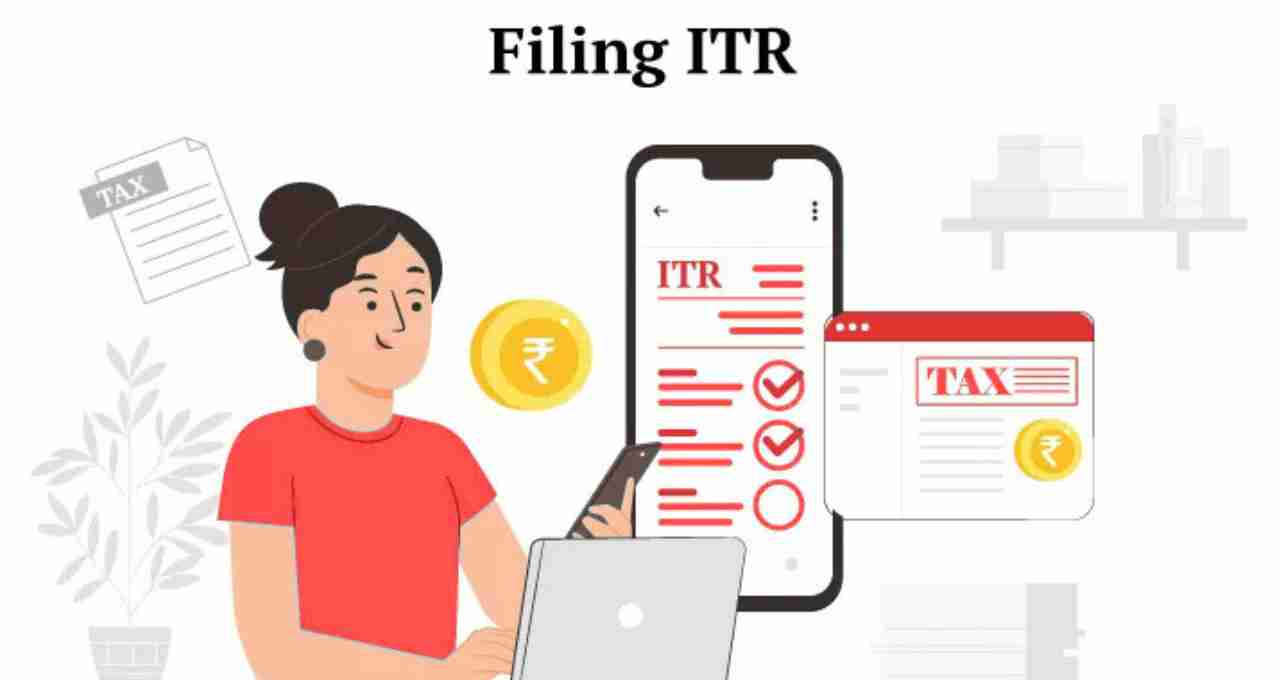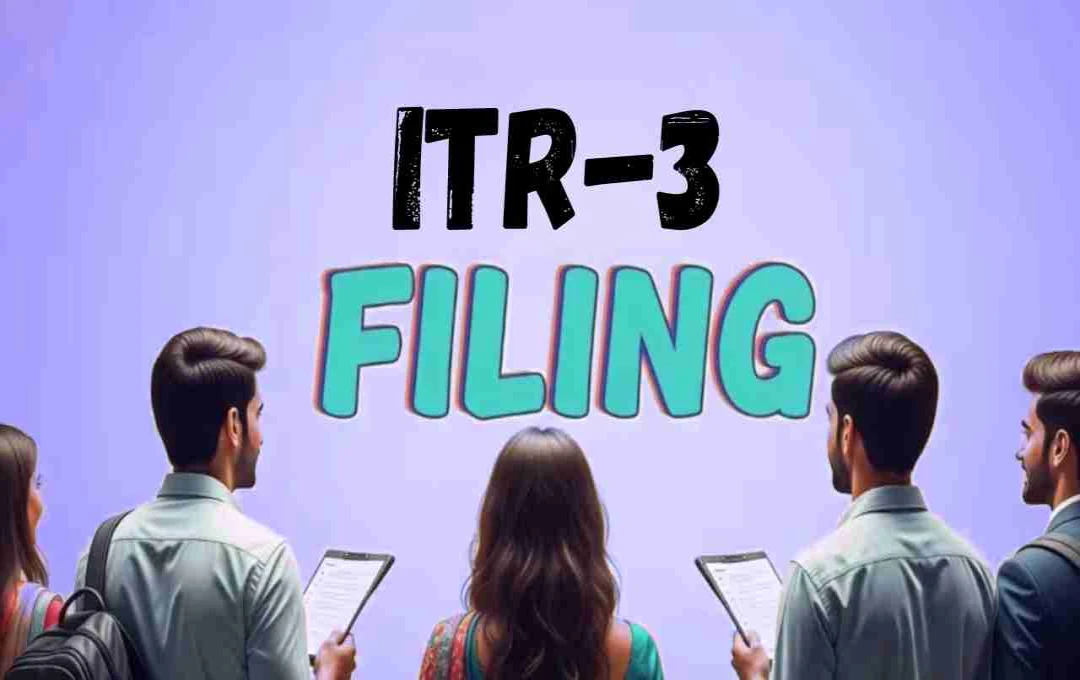The Income Tax Department has launched the online facility to fill ITR-3 form for the Assessment Year 2025-26 (Financial Year 2024-25). Taxpayers can now fill it online by visiting the official website of the Income Tax Department. The department made this information public on July 30, 2025, through a public notice.
This form is for taxpayers who have income from business, profession, Futures & Options (F&O), commodity, intraday trading, foreign income, or partnership in a firm.
Who needs to file ITR-3 Form?
ITR-3 form is to be used by individuals and Hindu Undivided Families (HUFs) who have income from a business or profession. This includes:
- Those who actively trade in Futures & Options or the stock market
- Those whose income comes from foreign sources or foreign assets
- Those who own more than one house and receive rent from them
- Those who are partners in a firm
- People working as directors of a company
- Those whose total income exceeds ₹50 lakh and also earn from business or profession
- Those who show lower income under the presumptive taxation scheme, such as under Section 44AD, 44ADA, or 44AE
Form must be submitted by September 15

The Income Tax Department has set the last date for filing ITR-3 as September 15, 2025. This deadline is for cases where an audit is not required. However, for taxpayers whose accounts require auditing, the last date is October 31, 2025. In addition, the audit report must be submitted by September 30.
What are the changes in ITR-3 form this year?
This time, some important changes have been made in the ITR-3 form related to Capital Gains.
If you have sold equity mutual funds or listed shares on or after July 23, 2024, new tax rates will apply:
- 12.5% on Long Term Capital Gains (LTCG)
- 20% on Short Term Capital Gains (STCG)
If you have sold shares or mutual funds before July 23, 2024, the old tax rates will apply, i.e., 10% on LTCG and 15% on STCG.
Now, the taxpayer has to clearly state the date on which the capital gain occurred, so that there is transparency in the tax calculation.
How to file ITR-3 form?
ITR-3 can only be filed online. There are two ways to do this:
With Digital Signature:
- In this process, you receive the acknowledgment via email as soon as the return is submitted.
Without Digital Signature:
- After filling the return online, you have to download the ITR-V form.
- This form has to be printed, signed, and then sent to the CPC Bangalore address of the Income Tax Department.
- This form should reach the department within 30 days from the date of filing.
Keep these things in mind

- Only those taxpayers who are not eligible for other forms (ITR-1, ITR-2, ITR-4) should file ITR-3.
- If you are only salaried and do not have income from any profession or business, you do not need to fill this form.
- If you have done F&O or intraday trading in the stock market, ITR-3 is necessary, even if there is no profit.
Why is ITR-3 different from other forms?
ITR-3 is the most detailed form among all Income Tax Return forms. It requires you to provide the entire balance sheet of the business, profit and loss statement, information about foreign bank accounts, income from partnership, details of tax audit, and details of capital gains.
Therefore, if your income is from multiple sources and is diverse, then you must fill this form. Especially it is mandatory for those who are involved in investment and trading activities.
What will happen if the deadline is missed?
If ITR-3 is not filed by the due date (September 15, 2025), you may have to pay a late filing penalty. In addition, some tax credits and the right to set off losses may also be forfeited. However, this process proceeds according to the rules of the department.
Step-by-step guide also available on e-filing portal
The Income Tax Department has also provided a detailed guide for filling ITR-3 on its e-filing portal. Here, taxpayers are given full details on how to fill the form and where to enter which information.
In addition, pre-filled data is also available on the portal, which has made filling the form easier than before.













